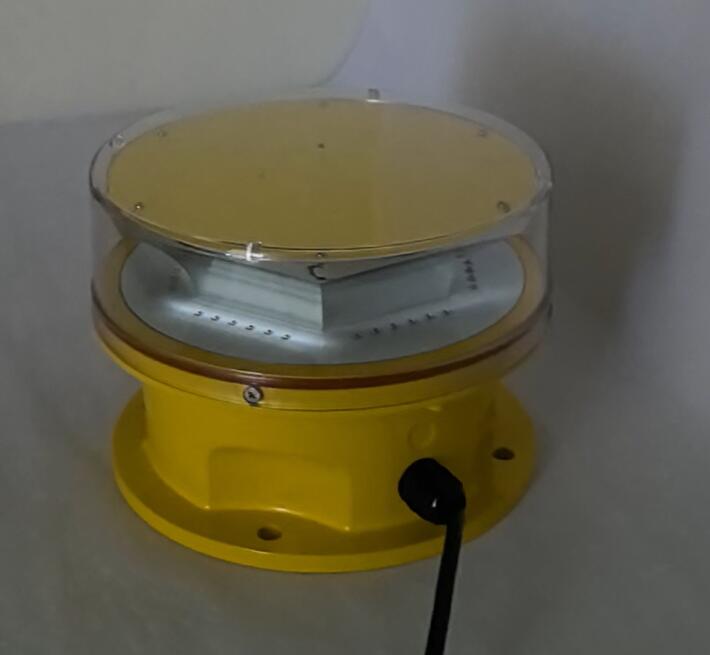Aviation light is an essential element in the field of aviation, ensuring the safety and smooth operation of flights. Among the various types of aviation lights, obstruction lights play a particularly crucial role.
Obstruction lights are specifically designed to mark and warn about potential obstacles that could pose a threat to aircraft in flight. These obstacles can include tall buildings, towers, cranes, wind turbines, and other structures that extend above a certain height and are located in or near areas where aircraft operate.
The importance of obstruction lights cannot be overstated. When an aircraft is in the air, the pilot needs a clear view of the surrounding environment to make safe navigation decisions. An unmarked obstruction could lead to a disastrous collision, endangering the lives of passengers and crew.
| Aviation light | obstruction light | 864 |
Obstruction lights are typically bright and highly visible, often using intense colors such as red or white. They are strategically placed on the top and sides of the obstruction to ensure they can be seen from various angles and distances. The flashing or steady pattern of these lights is designed to catch the attention of pilots and alert them to the presence of the obstacle.

For example, consider a tall construction crane near an airport. Without proper obstruction lights, a pilot might not notice it until it's too late, especially during poor visibility conditions or at night. But with well-functioning obstruction lights, the crane becomes clearly visible from afar, allowing the pilot to adjust the flight path accordingly.
The design and installation of obstruction lights are subject to strict regulations and standards. These are set to ensure that the lights provide adequate warning and are visible within the required range. The intensity, color, and flashing frequency of the lights are all carefully specified to meet these safety requirements.
In addition to marking individual structures, obstruction lights are also used to define restricted airspace or areas where special caution is needed. This helps pilots stay informed and avoid entering potentially dangerous areas.
The technology used in obstruction lights has evolved over time. Modern obstruction lights often incorporate energy-efficient LED bulbs, which offer longer lifespans and reduced power consumption. They are also equipped with advanced control systems that can monitor the light's performance and alert maintenance crews in case of any malfunction.
Maintenance of obstruction lights is of utmost importance. Regular inspections and tests are conducted to ensure that the lights are working properly at all times. Any failure or malfunction of the lights needs to be addressed promptly to prevent potential hazards.
Let's imagine a situation where the obstruction lights on a tall telecommunications tower stop working. If this goes unnoticed and an aircraft approaches the area, the risk of a collision increases significantly. Such scenarios highlight the critical need for reliable and well-maintained obstruction lights.
Obstruction lights not only protect aircraft but also contribute to the overall safety and efficiency of air traffic management. They help air traffic controllers keep track of potential obstacles and plan flight paths more effectively.
Aviation light, especially in the form of obstruction lights, is a vital component of aviation safety. Their proper installation, maintenance, and adherence to strict standards are essential to prevent accidents and ensure the continued safe operation of flights. As the aviation industry grows and airspace becomes more crowded, the role of obstruction lights will only become more significant in safeguarding the skies.